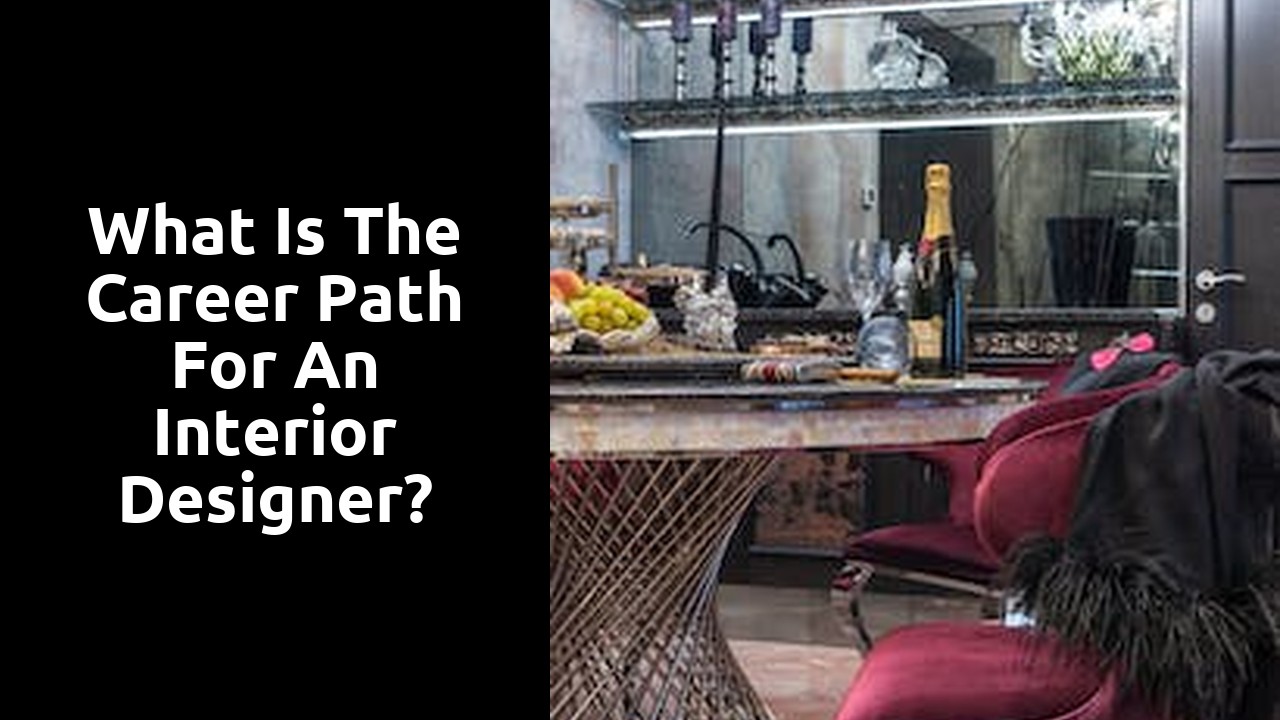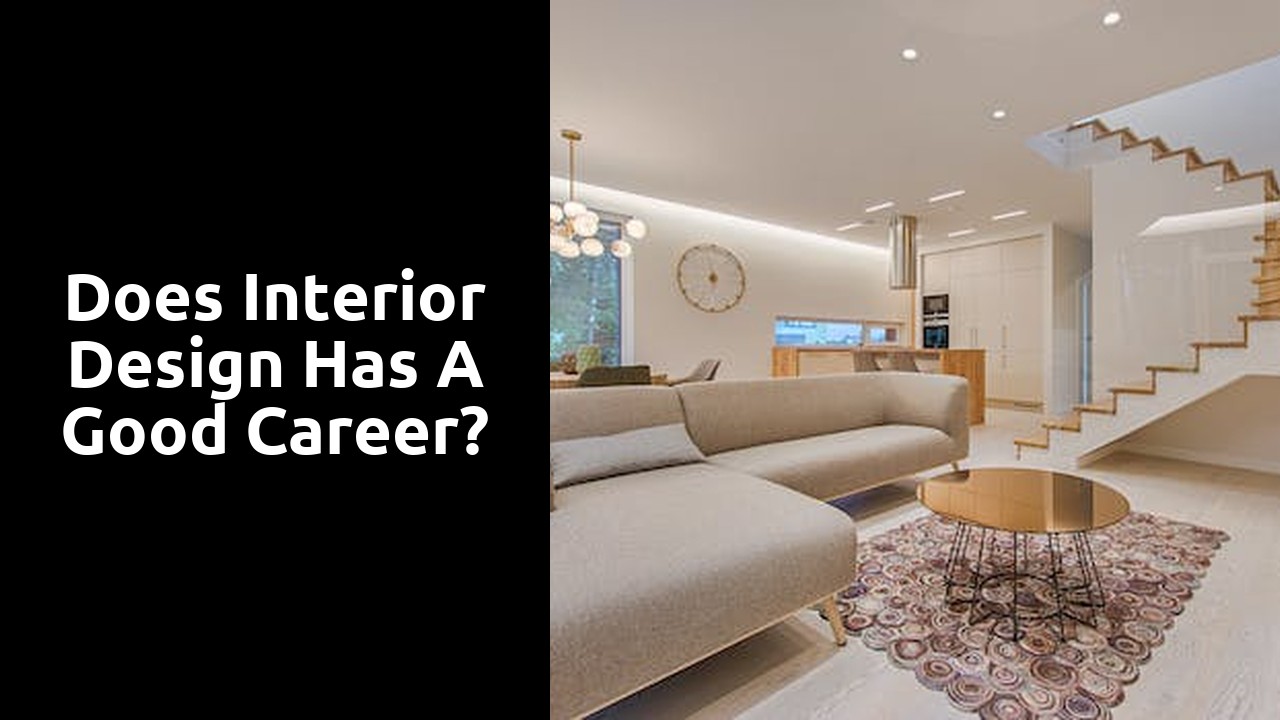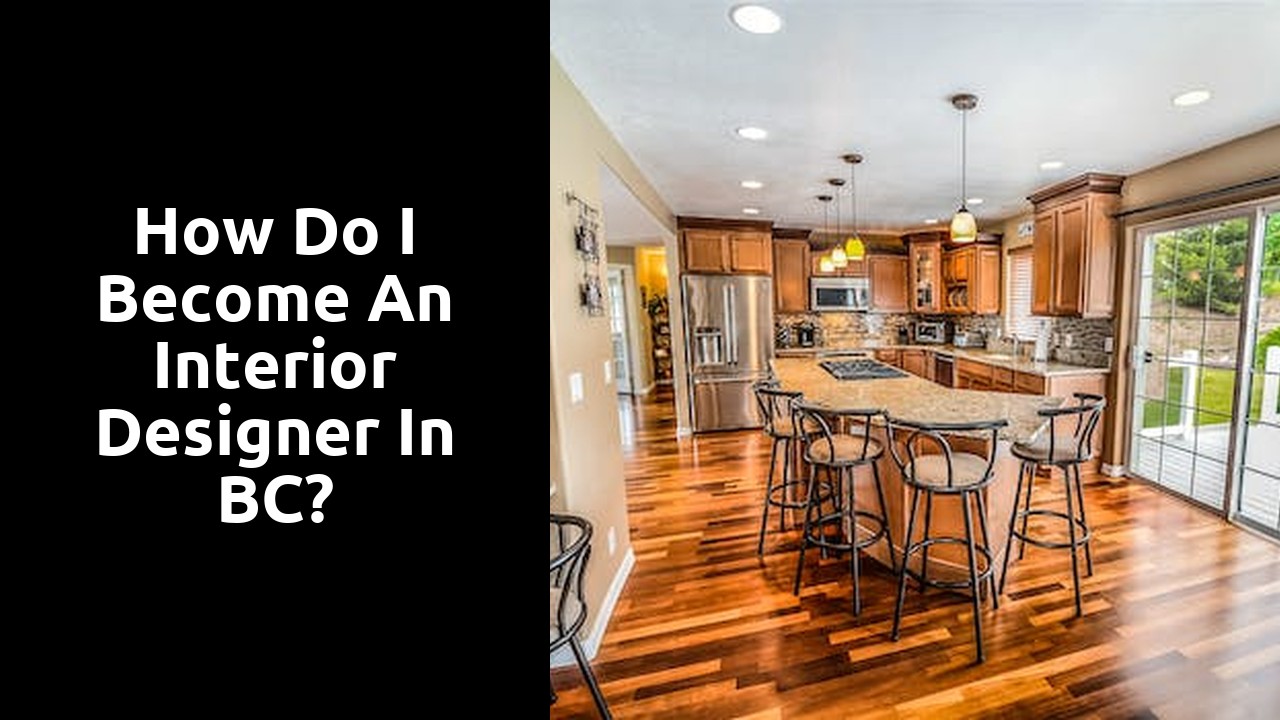Exploring the Pros and Cons of a Career in Interior Design
When considering a career in interior design, it is important to examine both the pros and cons before making a decision. One of the most enticing aspects of this profession is the opportunity to unleash your creativity and bring beautiful spaces to life. Interior designers have the power to transform ordinary rooms into stunning masterpieces, using their artistic vision to create unique and personalized spaces for their clients. This artistic expression can be highly fulfilling and rewarding, allowing designers to leave a lasting impact on the lives of those who inhabit the spaces they create.
However, like any career, interior design also comes with its fair share of challenges and drawbacks. One potential downside is the level of competition in this industry. With a growing number of individuals pursuing careers in interior design, it can be difficult to stand out and secure clients. Building a reputation and establishing a client base takes time and dedication. Additionally, there may be periods of feast and famine when it comes to job opportunities, with seasons of high demand followed by lulls in the industry. This unpredictability can create financial instability for those just starting out in the field.
The Growing Demand for Interior Design Professionals
The demand for interior design professionals is on the rise in today’s market. As more individuals aspire to create aesthetically pleasing and functional spaces, the need for experts in this field has grown exponentially. Whether it is for residential or commercial spaces, people want to transform their surroundings into visually appealing environments that reflect their personal style and meet their specific needs.
One of the main factors contributing to the growing demand for interior design professionals is the increasing emphasis on creating unique and personalized spaces. With the rise of social media and the desire to showcase one’s lifestyle, individuals are seeking professionals who can create spaces that are not only visually stunning but also reflect their personality and individuality. This has created a demand for interior designers who possess both creative flair and an understanding of their clients’ aspirations. As a result, the industry has seen a surge in job opportunities for talented individuals who can cater to these evolving needs.
Unveiling the Myths and Realities of an Interior Design Career
While a career in interior design may seem glamorous and exciting, there are many myths and misconceptions that surround this field. One common myth is that interior designers simply have a knack for decorating and arranging furniture. However, the reality is that interior design is a multifaceted profession that requires a diverse set of skills. Designers must not only have a strong sense of aesthetics, but also possess knowledge of construction, spatial planning, and building codes. From selecting fabrics and colors to creating functional and innovative layouts, interior designers are responsible for creating spaces that are both visually appealing and practical.
Another myth surrounding interior design is that it is a high-paying profession that guarantees financial success. While it is true that some interior designers can earn a substantial income, particularly those who establish successful firms or work with high-profile clients, it is important to note that the field can also be quite competitive. Many designers start off with lower salaries and gradually work their way up as they gain experience and establish a reputation. Furthermore, the income of an interior designer can vary depending on factors such as location, clientele, and the type of projects they undertake. Ultimately, a successful career in interior design requires not only talent and creativity, but also hard work, determination, and the ability to adapt to the ever-changing demands of the industry.
The Impact of Technology on the Future of Interior Design
Technology has undoubtedly had a significant impact on the field of interior design, and its influence is only expected to grow in the future. Advancements in 3D modeling software, virtual reality, and augmented reality have revolutionized the way designers envision and present their ideas. These technologies allow designers to create realistic and immersive virtual experiences, enabling clients to visualize a finished space before any physical changes are made. This not only enhances the design process but also improves client satisfaction and reduces the risk of costly mistakes.
Furthermore, technology has also transformed the way interior designers source materials and products. Online platforms and marketplaces have made it easier for designers to access a vast array of options, compare prices, and even have items delivered directly to their clients’ doorsteps. The convenience and efficiency of these digital tools have greatly streamlined the procurement process, saving both time and resources. Additionally, the use of smart home technology has opened up new possibilities for interior designers to incorporate automation and seamless integration of technology into their designs, enhancing functionality and comfort.
In conclusion, technology has had a profound impact on the future of interior design, providing designers with innovative tools to create immersive experiences for clients and streamline their workflow. As technology continues to advance, the possibilities for the industry are boundless, promising a future where creativity and practicality can harmoniously coexist in interior design.
Navigating the Challenges of Starting an Interior Design Business
Starting an interior design business can be an exciting venture filled with countless possibilities. However, it is important to acknowledge and navigate the challenges that come along with it. One of the key hurdles to overcome is the fierce competition in the industry. With a growing number of interior design professionals entering the market, it is essential to differentiate yourself and establish a unique selling proposition. Building a strong brand and cultivating a distinct style can help you stand out amidst the crowded market and attract potential clients.
Moreover, the financial aspect of starting an interior design business cannot be overlooked. Setting up a business requires initial investment in equipment, software, and marketing materials. Additionally, there may be ongoing expenses such as rent for a studio or showroom, utilities, and subscription fees for design software. It is crucial to carefully plan and manage your finances to ensure the sustainability and profitability of your business. Implementing efficient billing systems, tracking expenses, and setting realistic pricing for your services are all part of the financial challenges that need to be navigated effectively.
Mastering the Art of Balancing Creativity and Practicality in Interior Design
Creativity and practicality are two crucial elements in the world of interior design. Finding the right balance between these two can be a challenging yet rewarding task. On one hand, creativity allows designers to explore unique and innovative ideas, pushing the boundaries of design and creating spaces that are visually stunning. It is the artistic flair that brings life and personality to a room, making it a reflection of the client’s individuality. However, practicality is equally important as it ensures that the design is functional, comfortable, and meets the needs of the occupants. It involves attention to detail, understanding spatial design, and incorporating elements that improve the functionality of the space. Balancing these two aspects is what ultimately leads to successful interior design projects and satisfied clients.
FAQS
What is interior design?
Interior design is the art and science of enhancing the interior of a space to create a more aesthetically pleasing and functional environment.
Is a career in interior design worth it?
The worth of a career in interior design depends on individual interests and goals. It offers opportunities for creative expression, job satisfaction, and the potential for a lucrative income. However, it also requires dedication, continuous learning, and the ability to navigate challenges.
What are the pros of a career in interior design?
Pros of a career in interior design include the ability to unleash creativity, working on diverse projects, opportunities for self-employment, and the satisfaction of transforming spaces into beautiful and functional areas.
Are there any cons to a career in interior design?
Some potential cons of a career in interior design include long and irregular working hours, competitive market, demanding clients, and the need to continuously stay updated with design trends and technologies.
Is there a growing demand for interior design professionals?
Yes, there is a growing demand for interior design professionals due to the increasing emphasis on aesthetics and functionality in residential, commercial, and hospitality spaces.
What are the myths and realities of an interior design career?
Myths include thinking that interior design is all about decorating and that it is an easy and glamorous job. The realities include the need for technical knowledge, project management skills, and the ability to work within budgets and timelines.
How does technology impact the future of interior design?
Technology plays a significant role in the future of interior design, with advancements in 3D modeling, virtual reality, and artificial intelligence making it easier for designers to visualize and communicate their ideas with clients.
What challenges can arise when starting an interior design business?
Challenges when starting an interior design business can include finding clients, building a strong portfolio, establishing a network of reliable suppliers and contractors, and effectively managing finances.
How can interior designers balance creativity and practicality in their work?
Interior designers can balance creativity and practicality by understanding the needs and preferences of their clients, staying updated on design trends and technologies, and applying their creative ideas in ways that are functional and realistic.
Are there opportunities for career growth in interior design?
Yes, there are opportunities for career growth in interior design. Experienced designers can progress to senior and management positions, become specialized in specific design sectors, or even start their own successful design firms.


